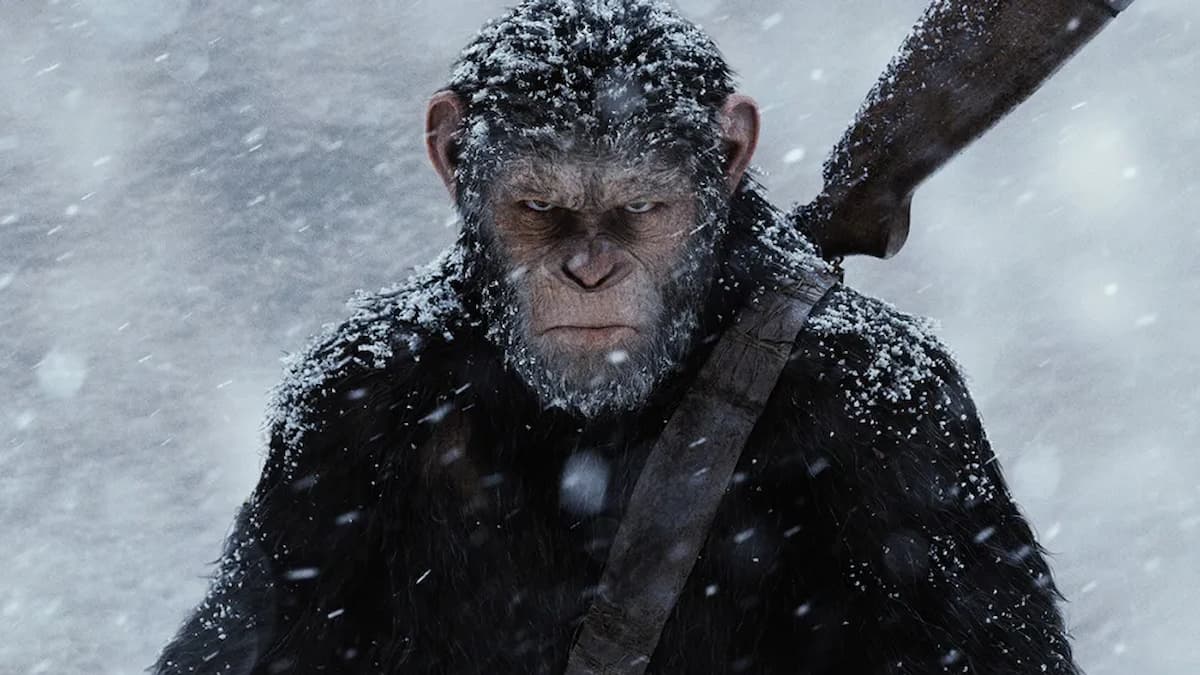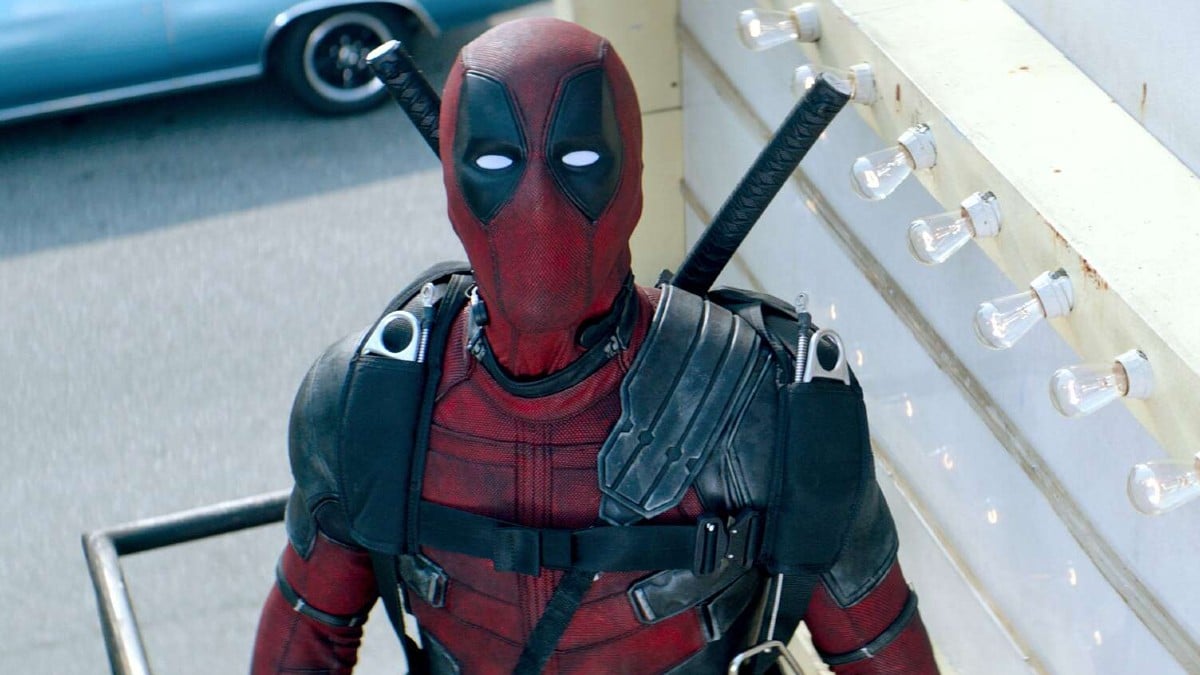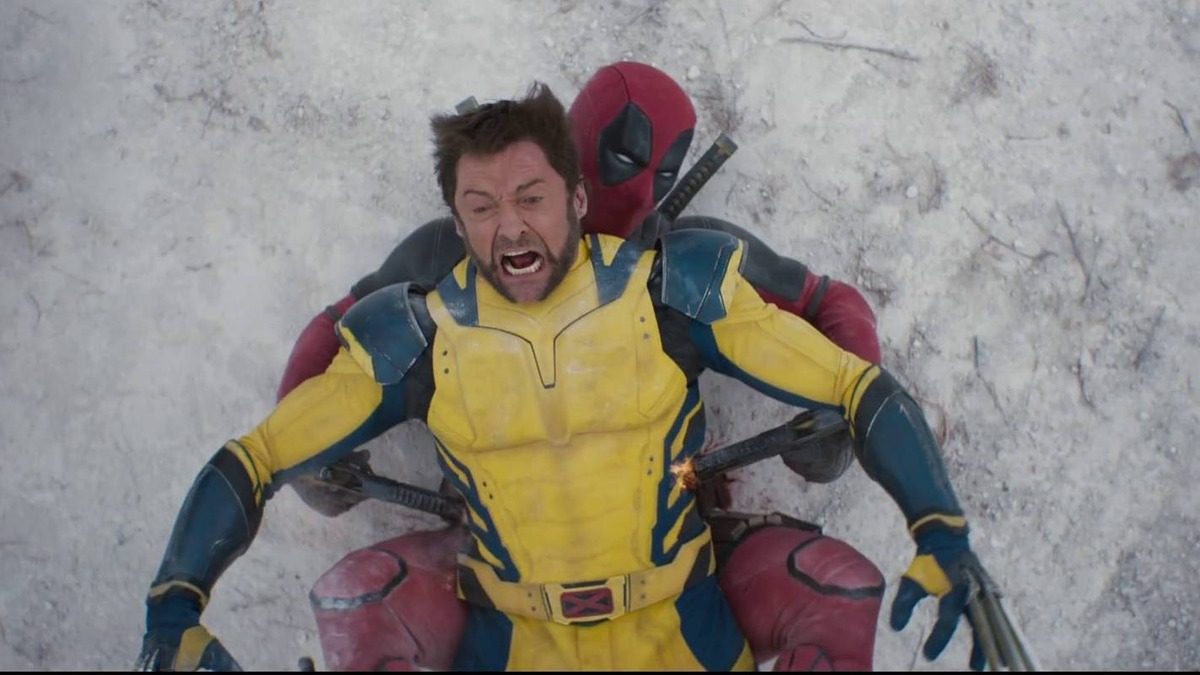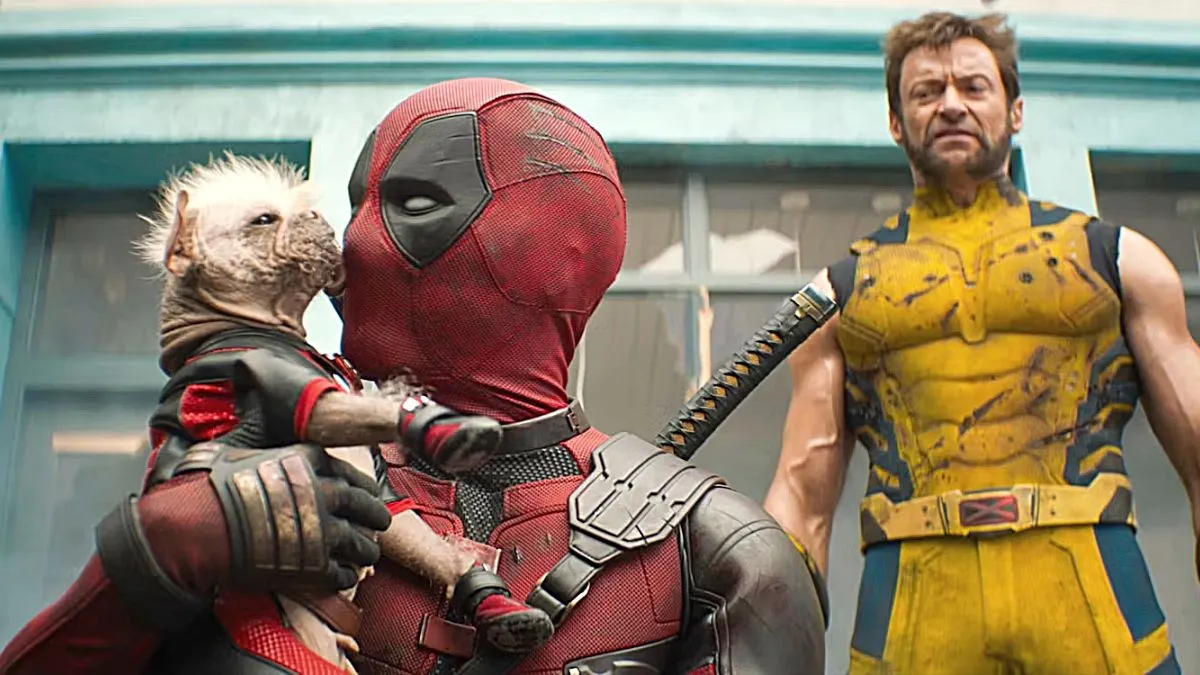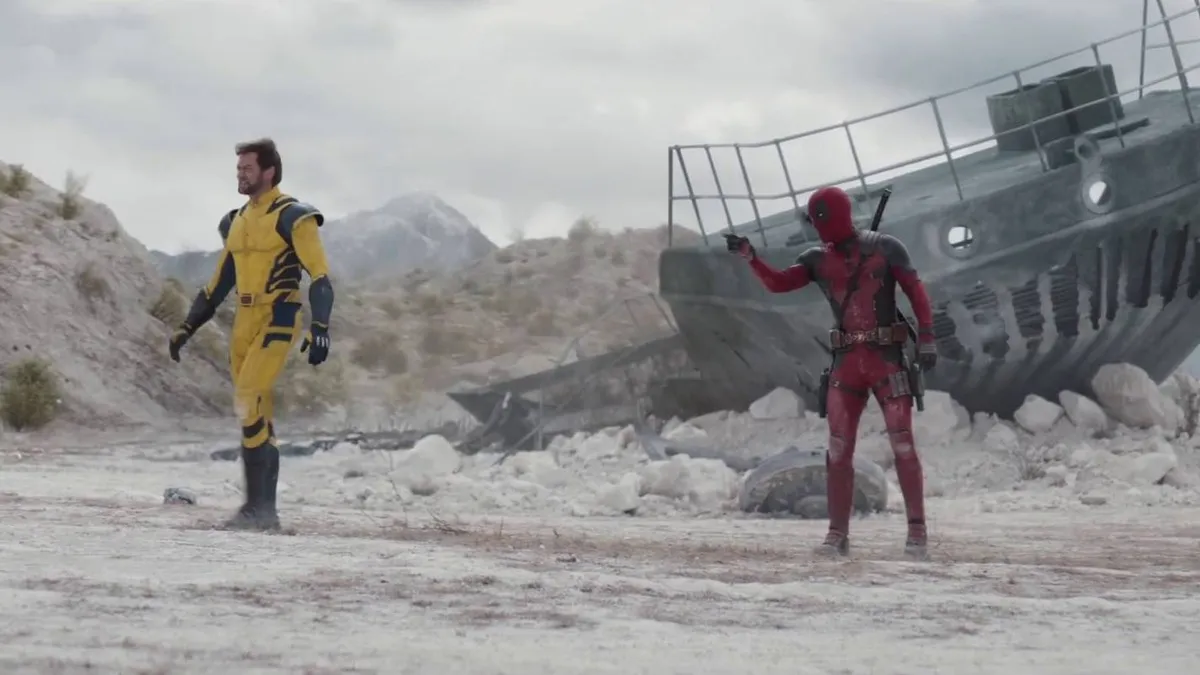
Released on demand and in select theatres a couple days ago, it’s all-but a guarantee that by now, Age of Uprising: The Legend of Michael Kohlhaas has already greatly disappointed some uninformed viewer expecting the next great piece of fantasy schlock from bargain bin king Uwe Boll. With its mouthy title and posters featuring sword-strapped star Mads Mikklesen, a vision of medieval masculinity, one could easily mistake Age of Uprising for a B-grade sword and sorcery epic. But that all-important asterisks of the box art, the Cannes “Official Selection” frond, is your real indicator of what to expect from this French import, which nobly (to a fault) walks a path of high-minded high art, not high fantasy.
Like a worrywart parent hiding vegetables in their child’s Kraft Dinner, Age of Uprising is just one of several European releases this year that’s tried to lure North American audiences to the arthouse using the images and language of brainless summer blockbusters. Jon Glazer convinced viewers to join him on a mind-scrambling tour through Glasgow in Under the Skin, a film that promised, and delivered, plenty of nudity from star Scarlett Johansson, but surrounded it with a near-wordless, psychologically piercing character study that made the whole experiment about as sexy as a proctologist exam.
Originally titled just Michael Kohlhaas for its 2013 release in France, we ought to be a bit offended that director Arnaud des Pallières’ romantic tale of Middle Ages revenge needed the title amended to fit North American standards, where seemingly every movie needs to involve an era of upward trajectory. But to even label Age of Uprising as a revenge story is misleading, as the romanticism of Heinrich von Kleist’s novel, on which the film is based, is not the sort you get in a lot of North American movies. West of the Atlantic, Middle Age romanticism means Mel Gibson in blue face paint giving wild, impassioned speeches to an army fighting for freedom against a villainous tyrant; for Pallières, romanticism means lengthy, ponderous reflection on justice, freedom, and God, all because of a couple of bruised horses.
Mikklesen stars as Kohlhaas, a modestly prosperous horse trader living in the open French mountain lands of the 16th century. The film opens with a tense standoff at the era’s equivalent of a tollbooth: the bridgekeeper, under orders of a mealy-mouthed Baron, demands Kohlhaas offer two horses as collateral before he can cross, their return dependent on receipt of proper permits. Kohlhaas acquiesces, but returns to the Baron’s castle to find his horses and their keeper beaten and abused. When lawful pursuit of reparation is stymied by the Baron’s influence on the court, Kohlhaas takes matters into his own hands, leaving his wife and daughter behind to rally other wronged peasants around his pursuit of justice by force.

Kohlhaas’ crusade is a matter of principal, not passion, which makes Mikklesen ideal casting for reasons beyond his Teutonic features. With a complexion of tanned leather and the frozen expression of a death mask, Mikklesen radiates a stoic intensity that carries the film’s mixed approach toward mythologizing and interrogating its subject. Kohlhaas is a magnetic figure, if not a particularity likeable one: while the viewer will be put off at how the rebel is often more concerned about the well-being of his horses than that of his followers and servants, much of the film is devoted to exploring the place justice for an individual has in a world of social structures that work better in the abstract than in practice.
The film’s violence and swordplay are rarely direct, often taking place off-screen, or from a distant perspective. It’s as though Pallières is worried that getting us to close to the action will incite a bloodlust, or at least, a quickened pulse. Preferring to speak with his camera, the director spends great stretches of the film photographing the varied French countryside, making his influences known through the geography. When making camp with Kohlhaas and his militia in the deep of a forest, the film brings to mind, then refutes Kurosawa: in Seven Samurai, the fool who joins the group becomes its beating heart, but Kohlhaas suffers no fools in his quest. In this regard, he has more in common with the death-haunted knight of Bergman’s Seventh Seal, and Pallières brings more than enough wind-swept vistas and theologizing to the table to backup the comparison.
There are invigorating moments when the film breaks from its pensive slumber. A crosscut between nuns joined in prayer and Kohlhaas’ men preparing flaming arrows to attack their monastery lacks suspense, but the juxtaposition of colour and light gives the scene an eerie beauty. Meanwhile, the film’s climax, staid and stately as it might be, features what might be the only thing to pass for a joke in Age of Uprising, a quick pan to reveal the purpose for a piece of equipment that’s been present the whole scene. Other instances find the director ill-equipped to hide the film’s budget, or foreshadowing with all the subtlety of a broadsword to the back of the head, but these unintentional breaks from the existential rumination remind you how much more relatable people are as flawed human beings than they are as ideological chess pieces.
Too often though, the film becomes bogged down with its own righteousness, which is not to accuse Pallières or the other creators of self-indulgence, but is simply to say that Age of Uprising’s commitment to didactic characters instead of dynamic ones grows wearying over a two-hour runtime. Tellingly, the film’s first real emotional overture comes not when Kohlhaas returns from a long journey to see his family, or when spending a passionate moment with his wife; it’s when he discovers his property has been abused by a higher authority that the music swells, this inciting breach of social contract being a wrong in need of righting, all other considerations be damned. Like its hero, Age of Uprising: The Legend of Michael Kohlhaas is rigid and unflappable, making it more worthy of respect than outright adoration.


